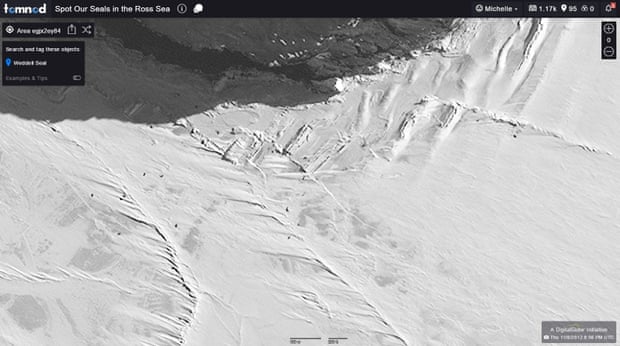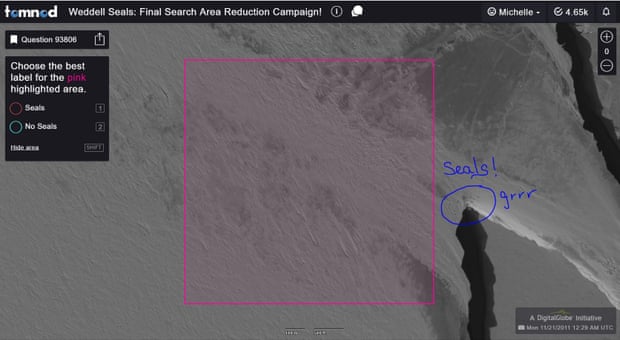Antarctic researchers are gaining insight from above, counting seals from space.Antarctica
Using images from space and the eyes of hundreds of thousands of citizen scientists, researchers believe they have accurately estimated the Antarctic Weddell seal population for the first time.
Weddell seals are important indicator species in the Southern Ocean for both sea ice variability and food web changes. They can live up to 30 years in the harsh conditions of Antarctica’s coastal sea ice, but until recently, counting them was dangerous and prohibitively expensive.
Dr Michel Laloux, Associate Professor of Gateway Antarctica at the University of Canterbury in New Zealand, said previous population estimates were “simpler math”.

“Previously, surveys were conducted by traditional researchers, shipboard surveys and aerial surveys, which physically cannot reach the entire Antarctic continent at once,” she said.
The results were “inaccurate,” LaRue said, so in 2016 she used high-resolution satellite imagery and the keen eyes of 330,000 curious volunteers to estimate baseline seal populations. We set out to make an initial estimate of .
“Combined [the] Imagery using a web platform to conduct a citizen science campaign looking at three things: where seals are, their numbers, and the environmental factors that influence their habitat preferences,” LaRue said.
They found that at the time the satellite imagery was taken in 2011, the world population was only 40% of the actual 800,000 animals previously estimated.
the study, Launching late 2021, it is estimated that there were about 202,000 subadult and adult female Weddell seals in Antarctica. Male seals usually stay under the ice and guard their territory, so they weren’t shown in the satellite imagery, he added.
The population decline reflects previous poor survey techniques rather than a surprising decline in population, she said, and some signs of the decline are related to changes occurring in the food chain. He added that it is possible.
The study also found that Weddell seals live on about 1% of the ice and are picky about where they settle. They stayed away from Adélie’s penguins, but could still be neighbors with Emperor’s penguins as long as the colony wasn’t too large.
The project relied heavily on volunteers looking for seal tracks in satellite imagery. Participants were shown an image of an area in Antarctica and asked to check a box indicating whether they could see seals. The more people clicked yes, the more efficient the habitat refinement was.

“It’s a consensus algorithm.
This method is now used by other scientists in the British Antarctic Survey to determine the walrus population in the Arctic.
Looking at the broader ecosystem and the relationship between animals and their environment is important in the long term, LaRue says having a single-species population guide helps. said. Once the scientist has that information, “we can add it all up and put the puzzle together a little better.”
https://www.theguardian.com/world/2022/sep/19/antarctic-researchers-gain-insights-from-on-high-as-they-count-seals-from-space Antarctic researchers are gaining insight from above, counting seals from space.Antarctica
